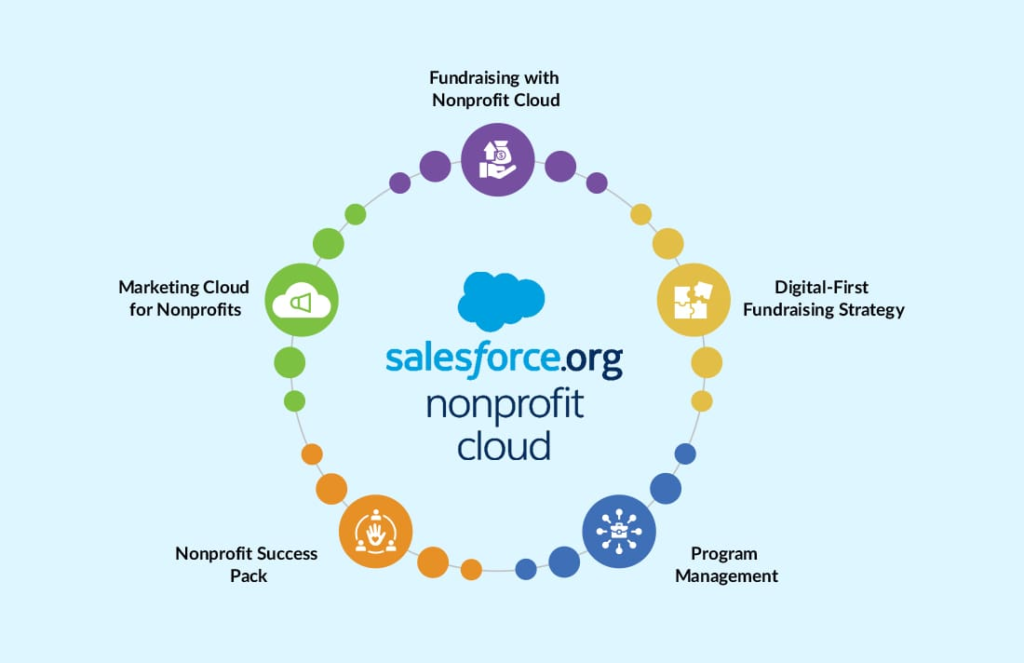When you use Salesforce to run your nonprofit, you know how powerful it is for data management, but you also need powerful and secure forms to collect this data. Forms tools can help you obtain the information you need if you know what you need from them as well as the type of data you need.

-
- Make Sure You Understand The Data You Are Collecting
- Make Sure You Understand The Data You Are Collecting
By collecting data, nonprofits are able to measure their impact or identify ways to improve. Data collection can take many forms, and each organization will have different needs. Research could be based on the skills and interests or qualifications of constituents.
Some organizations collect donations online, while others only collect pledges. There are organizations that use one type of form to manage their operations and others that use a sequence of interconnected workflows to manage just one program. As an add-on product, Salesforce Shield costs more than Salesforce CRM licenses. Depending on your regulatory and business requirements, you can purchase the “full umbrella” (all four components), or just one component.
Salesforce Can Help Your Nonprofit Organization:
➤ Invest in digital solutions to meet mission-critical needs.
➤ By eliminating paper-based, PDF, or spreadsheet workflows, you can improve engagement and operational efficiency.
➤ Increase volunteer engagement and donor satisfaction by utilizing it.

-
- Consider An Adaptable Data-Collection Tool
- Consider An Adaptable Data-Collection Tool
With Salesforce in your corner, you’ll be able to automate processes across every function, as well as get real-time data about your community, engagement, and revenue. Utilizing a web form builder that is integrated with Salesforce will help you maximize your investment. It is possible to speed up processes by reducing manual work, increasing technology adoption, and improving user experience by using form builders like 123FormBuilder.
-
- Experts can help
- Experts can help
We’ve seen it time and time again with nonprofits: It’s a game changer bringing in a Salesforce expert. Since no two nonprofits are alike, their superpower is to understand nonprofits’ requirements and expectations and translate them into tailored solutions.

-
- Ask For The Right Information At The Right Time
- Ask For The Right Information At The Right Time
Having too many questions leads to people accidentally leaving out their contact information, or worse, they don’t fill out the form at all. It’s a great example of the “Less is more” principle in action. Here’s the next item on our list.
5. Don’t Miss Out on Autofill and Conditional Logic
Users will be able to complete the form without having to type in all the information you have already collected from them. It is possible to automatically populate the constituent’s known personal details with a Salesforce object, such as the email address, so they only need to add new data and enrich their profile.
To receive the latest news and posts directly in your inbox, subscribe to Fidizzi









